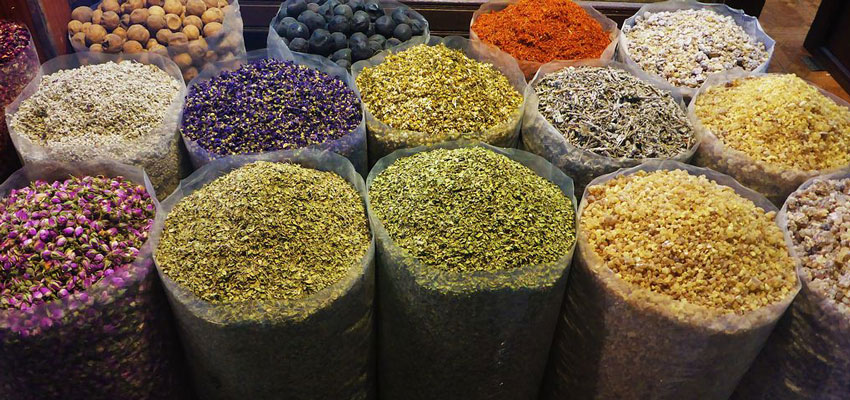The European Commission published the results of the first survey on the authenticity of herbs and spices launched by the Directorate-General for Health and Food Safety and supported by the Joint Research Centre (JRC).
The investigation under participation of 21 member states comprised more than 1,850 samples and revealed the following main conclusions:
- 17% of the samples were suspicious.
- Oregano turned out to be most vulnerable to adulteration with 48% of suspicious samples. Adulteration by olive leaves was most often seen.
- 17% of pepper samples proved to be adulterated, followed by the spices cumin (14%), curcuma and saffron (11%), paprika/chilli (6%)
- 2% of spices were found with illegally added dyes and one sample contained lead chromate
- Copper compounds above the maximum residue limit were detected in 45 oregano, four pepper and two cumin samples
On the basis of these findings, the Commission has asked market participants to draw up an action plan. The situation must be rectified as soon as possible, as it is not only damaging the interests and even health of consumers, but also the image of the herb and spice sector itself, which must protect itself from unfair practices.
YOUR PLUS: AGROLAB Dr. Verwey in Barendrecht is the “spice specialist” within AGROLAB GROUP. Besides quality and residue analysis we can offer - partly together with specialised partner labs - also authenticity checks and analytical proof of geographic origin.
Source:
Maquet, A., Lievens, A., Paracchini, V., Kaklamanos, G., De La Calle Guntinas, M.B., Garlant, L., Papoci, S., Pietretti, D., Ždiniaková, T., Breidbach, A., Omar Onaindia, J., Boix Sanfeliu, A., Dimitrova, T. and Ulberth, F., Results of an EU wide coordinated control plan to establish the prevalence of fraudulent practices in the marketing of herbs and spices, EUR 30877 EN, Publications Office of the European Union, Luxembourg, 2021, ISBN 978-92-76-42979-1 (online), doi:10.2760/309557 (online), JRC126785
Author: Dr. Frank Mörsberger

 Contact
Contact

 Contact
Contact Career
Career